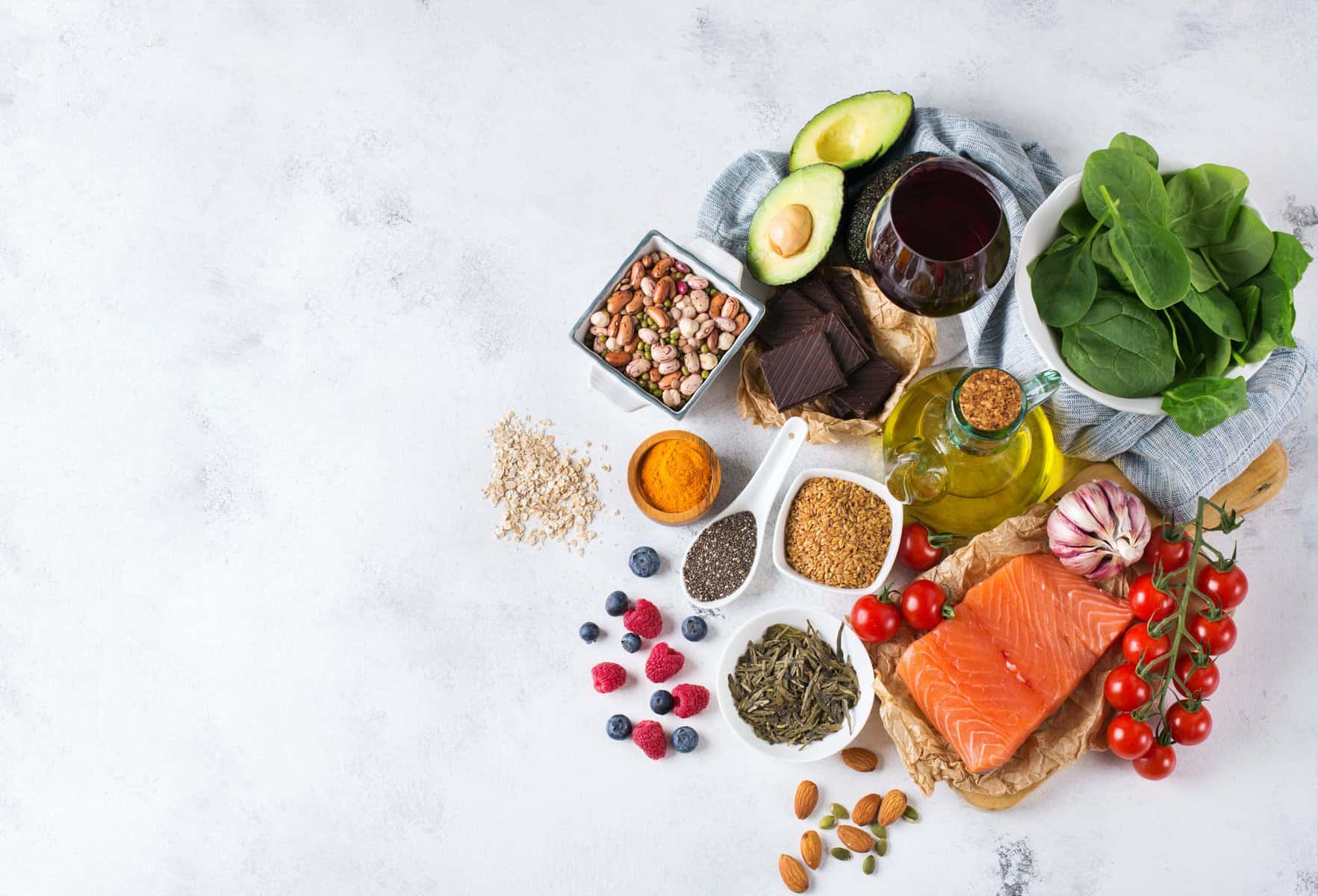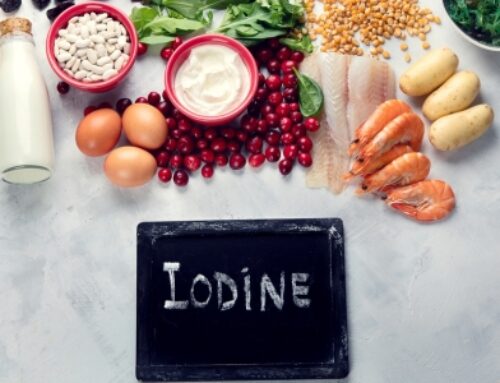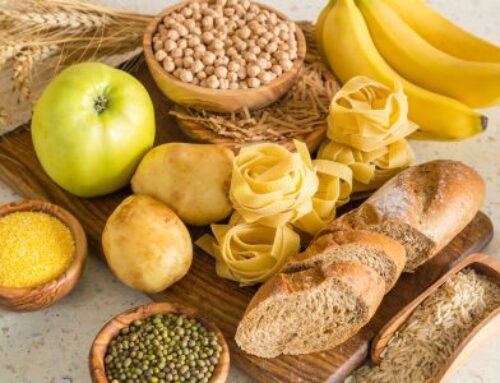
So, you’ve got high cholesterol. But life is hectic, and you haven’t had a chance to check in with a dietitian about how to manage it or maybe it’s been a while and you need a refresher. That’s ok! Have a read here for a quick overview of what a dietitian might say about high cholesterol.
In the meantime, are you struggling with putting healthier options into practice within the hustle of a busy day? Let’s chat about cholesterol friendly options when you’re buying food away from home!
Often, we set out with the best intentions to bring our lunch into work because it’s more convenient, generally more nutritious for us and cheaper. But sometimes that may not go to plan. We might accidentally leave it in the fridge at home, we might have a last-minute change to our plans, we might have run out of time to eat it, we might have packed the kids’ lunch and neglected our own or we just might not feel like what we had planned. So, what can you do instead when you’re out and about?
First, I want to reassure you that there is nothing wrong with eating out, it’s more about how often you do it, what the rest of your diet looks like and whether this is impacting your overall health.
If you are trying to make heart healthier choices when you eat out, here are some guiding principles:
- Friendlier fats
- Make it ‘plantiful’ (think veg, grains, legumes, nuts + seeds)
- Shop around
Friendlier fats
When it comes to healthy cholesterol levels, we want to reduce the amount of saturated and trans fats in our diet, as these are linked with higher amounts of unhelpful cholesterol (LDL), and increase unsaturated fats as these can help increase our protective (against heart attacks and strokes) cholesterol (HDL).
Saturated fats tend to be from animal fats – think fat in meat, in dairy products like full cream cheese and milk, and in foods made with butter and ghee – but can also be found in deep fried foods, coconut and cocoa.
Unsaturated fats on the other hand are plant based – think nuts, seeds, avocado and oils such as extra virgin olive oil.
So, imagine you are standing in a food court. There tend to be the usual culprits: fast food chains, Chinese, Indian, Japanese, Vietnamese, cafés and salad bars.
The establishments that are going to have foods higher in saturated fats are those that deep fry, have large meat portions or use fatty meats (think deli meats), cream, butter and ghee in their cooking.
Fibre rich
Eat more plants. I know, revolutionary right? A dietitian suggesting you add more vegetables/fruit/legumes/wholegrains/nuts/seeds to your diet!
But before you scroll on, hear me out. Plant foods contain fibre. Fibre, in particular soluble fibre, helps reduce blood cholesterol levels via excretion in our poo (by binding to bile, which if you recall, is made from cholesterol in the blood to help us digest fat). Need I say more?!
Ok, if you insist. Eating foods rich in fibre is also fabulous to include because it provides you with volume to make you feel satisfied by your meal and slow down digestion (i.e. you won’t be starving again by 2:30pm), micronutrients to help your body carry out its important day to day functions effectively and of course, support healthy gut function.
So, come back to the food court in your mind with me. Often foods like burgers and pizzas are generally going to be low on the plant factor. Salad bars, veggie stir fries, soups, salad rolls could be ways to up the fibre factor.
Shop around
Just as you wouldn’t buy all your clothes or furniture from one store, you don’t need to buy your lunch from just one store!
As mentioned above, some establishments offerings can be high in saturated fat and lack the abundance of fibre rich foods and healthy fats that can help keep cholesterol in check. But that doesn’t mean we necessarily need to cut them out cold turkey. It may be a matter of downsizing portions, reducing the frequency and shopping around for what you want or are missing.
You might start by pairing:
- A smaller burger from a fast-food chain with a grainy/legume-y, vibrant salad from a salad bar (I say smaller burger, to account for the volume and fibre-y goodness that comes from a filling side salad).
- A ‘side’ sized portion of chicken with a filling side salad (I.e., not just a garden salad – think roast vegetables, legumes, rice, quinoa, barley)
Practically speaking, cholesterol friendly swaps could look like:
| Swap This | For This |
|---|---|
| Sushi rolls with fried components |
|
| Sandwich Artist prepared roll made with white bread, large portions of deli meats, cheesy melts, creamy sauces |
|
| Stir fry plate with deep fried meat, creamy sauces |
|
| Banh Mi with fried components – pork belly |
|
| Curry + breads + fried accompaniments |
|
| Nachos or enchiladas with sour cream, creamy sauces |
|
| Kebab with chips |
|
| Burger meal with chips + drink |
|
The bottom line:
It’s all about context, frequency and health impacts. One meal won’t make your cholesterol skyrocket, nor will one meal bring it back into normal range.
If you’d like help looking at how to manage your cholesterol long term, meet our team!



